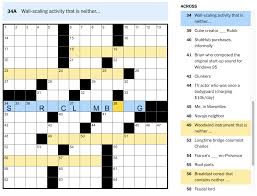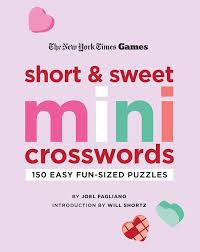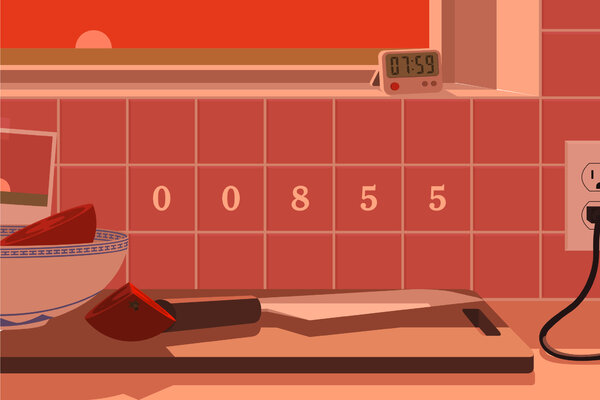
Introduction to NYT Crossword Clues
The New York Times crossword puzzle has long been a staple of American culture, offering a daily challenge to avid word enthusiasts and casual solvers alike. The clues used in this iconic puzzle are crafted with care, blending wordplay, trivia, and misdirection. Understanding how these clues are constructed can not only enhance your puzzle-solving skills but also deepen your appreciation for this beloved pastime.
The Art of Clue Construction
NYT crossword clues come in various styles, ranging from direct definitions to elaborate puns. Generally, clues are designed to lead the solver to a single answer that fits perfectly into the grid while providing a satisfying “aha!” moment upon discovery. For instance, a simple clue like “capital of France” leads directly to “PARIS,” while others may employ clever wordplay or cultural references that require lateral thinking.
The construction of these clues involves a complex interplay of language and knowledge. Notably, Will Shortz, the crossword editor since 1993, has maintained a balance between accessibility for newcomers and challenge for seasoned solvers. This is evident in the varying difficulty levels throughout the week, with Monday puzzles being the easiest and Saturday puzzles the most challenging.
Recent Trends in Crossword Clues
The NYT crossword has seen emerging trends in its clue styles over recent years. For example, there has been a noticeable increase in clues that include pop culture references, reflecting contemporary social issues and entertainment news. This evolution keeps the puzzle relevant and engaging for a diverse audience.
Additionally, there has been a move toward more inclusive language in clues, incorporating broader representation within the clues and answers. This shift not only resonates with a wider demographic but also enriches the solving experience.
Strategies for Solving NYT Crossword Clues
For those eager to improve their solving abilities, several strategies can be employed. First, familiarity with common abbreviations and conventional crossword answers can provide a head start. Additionally, practice with different puzzle genres can enhance versatility in solving clues that vary in style and challenge.
Another strategy is to start with the easier clues, filling in as much of the grid as possible. This can provide context and letters for solving more difficult clues, creating a network of interrelated answers that unlock further solutions.
Conclusion
The appeal of the NYT crossword puzzle lies not only in its challenge but also in the nuanced craft of its clues. By understanding the construction techniques and evolving trends, solvers can enhance their experience and develop a deeper connection with this cherished daily activity. As the world of crossword puzzles continues to adapt, so too will the clues that entice us to think, learn, and engage with language every day.
You may also like
Unveiling Today’s Wordle: Tips and Strategies for Players

Your Guide to Mini Crossword Answers
